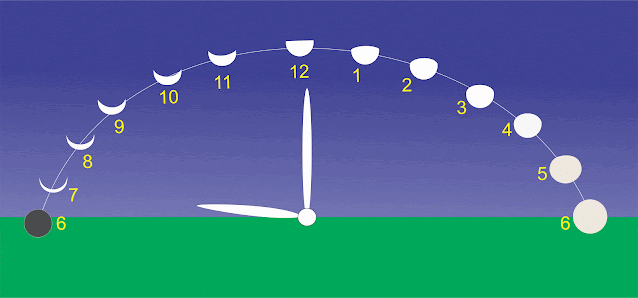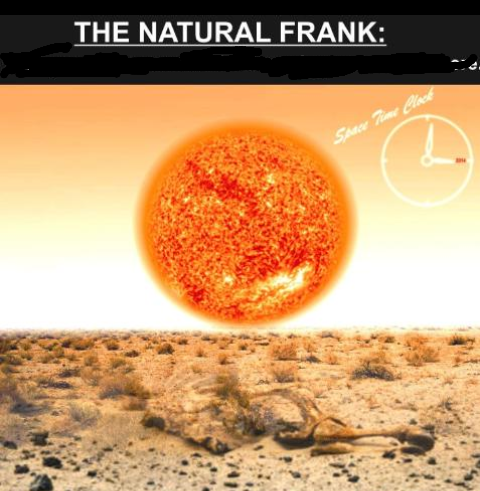WORLD WEATHER WARNING 2026-2030;
SEVERE
DROUGHT APPROACHING.
LENGTHY
THREE YEAR FAMINE INEVITATABLE.
As a matter
of faith of allegiance to it’s duties, the Techgents “Techgen blog” is here
again to help in weather advisory.
The previous
post in this website ‘World weather update’ indicated that heavy rains of December
2023/2024 will change to a different weather type after some time.
The post had
shown that both heavy rains and severe drought recur in a cycle of six years.
World
weather, according to ‘The General Theory Of Gravitational Dynamics And Life’
on which the posts on this blog are based, is controlled and operated by orbital
gravitational fluctuations of the universe and the cosmos as a whole.
These
fluctuations, when represented on a graphical chart shows oscillatory waves which
recur at a fixed interval of six years.
As we know
to every El-Nino rains there comes the La-Nina drought, to every unusually heavy
rains there comes a severe drought in the third year as shown by the gradient
in the weather forecast chart 2026 to 2029.
The amount
of rainfall to expect in subsequent years can be interpreted using the wavy
line in the middle.
The Chart is
based on lowland winter weather in Kenya’s eastern region of Kitui county.
The world
does not experience winter all over at the same time. It occurs in different
areas of the globe relatively to the Earth’s revolution round the sun. This
means a type of weather pattern takes one a period of one year to go round the
world.
A drought
starting in in the Kenyan lowlands will take a similar period of one year to go
round occurring in other places in the world while the weather continue
changing from the starting location.
This post is
also intended as an early weather warning to world nations to take the necessary
steps in time to cushion their citizens against the adverse effects of the
lengthy and severe approaching drought. The worst of these include acute food
shortages with subsequent high prices and starvation.
Industrial
production and economic performance goes low with massive layoffs resulting in high
unemployment rate with subsequent increase in lawlessness.
Small enterprises
goes under. Cross border migration also fuels the problem especially security
in urban areas.
Water
shortages become severe.
Food prices
in the last La-Nina drought of 2021 increased by over 200%.
Inflation as
well goes up contributing to high commodity prices.
Normal rains
are likely to return in December 2028 as the weather chart curve rise towards heavy
rains in December 3029/2030 winter to start the cycle again.
Food
production output in most developing countries have been badly affected mainly
by poor planting guidelines.
Use of
planting seeds incompatible with a region’s climate is a very big factor to
perennial famine in some areas of the world.
A case study
here was in Kenya’s Eastern county of Kitui.
The indigenous
farmers lost their seed variety named ‘Katumani’ which was adapted for low
rains of the areas Semi-arid weather.
They are all
using imported variety of maize seeds which rely on heavy rains, resulting in
massive crop failure always.
Failure of
the current rains, December 2025/2026 in the area marks the onset of a three-year
famine in the region, the country and the neighborhood, as the drought goes
round the globe in a year.
Relieve from
the famine can only come in the mentioned area in February 2029 where the harvest
from December 2028 rains is expected.
Policy
makers in the affected countries are advised in non-uncertain terms to put
early measures in place to prevent food shortages and high prices increase
during the difficult period.





















